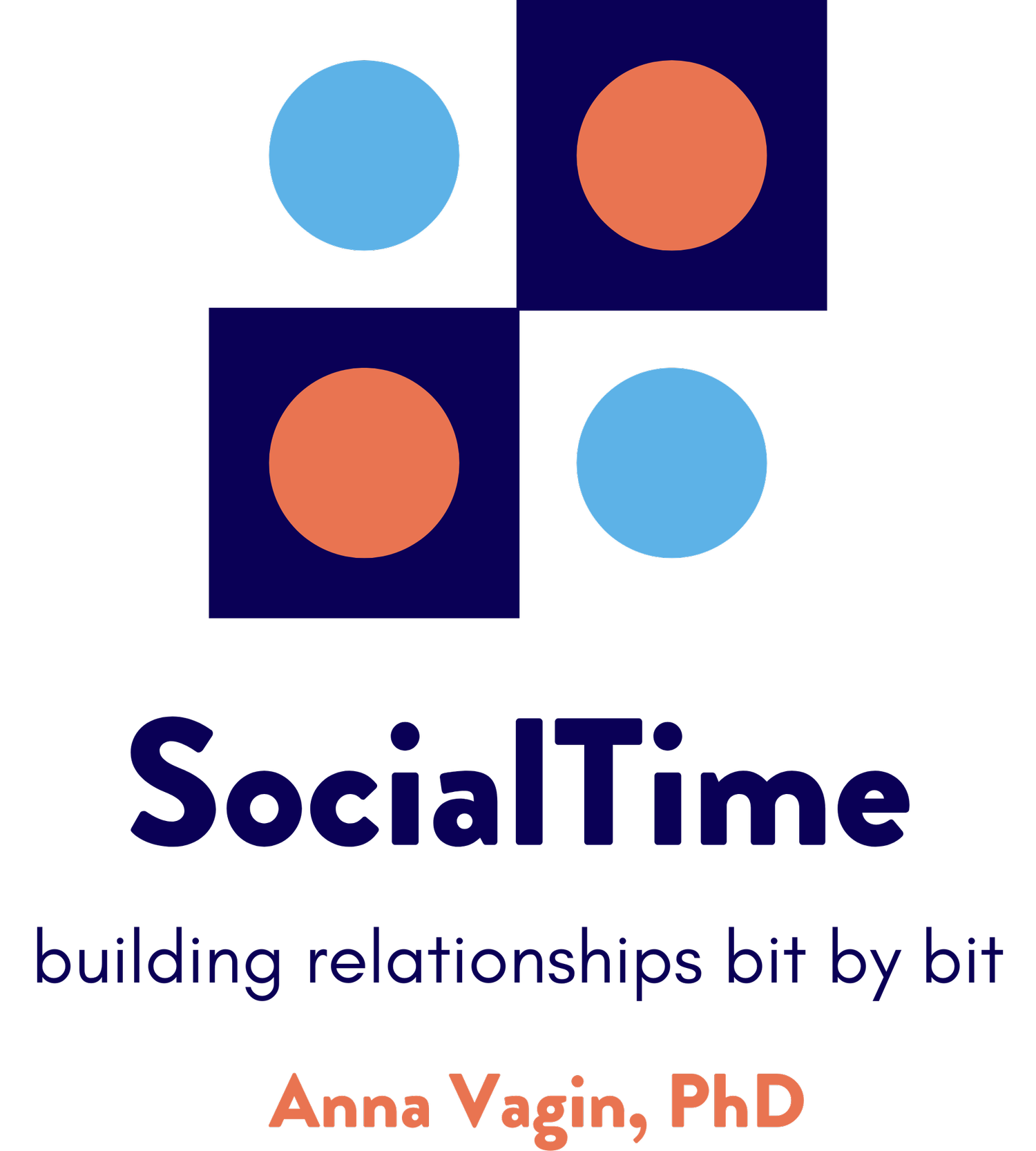
FAQs
-
Yes. If you don’t have PowerPoint, you can make your purchase, email me with your Gmail address, and I will send you the link to get the Conversation Paths Pack via Google slides.
-
You don’t have to do anything. You’ve automatically been signed up. I have your email address and you’ll be receiving updates via email. Just like with the YouCue Feelings book, I send out updates when I feel there’s additional useful information to share. There’s no particular schedule for updates.
-
The first 3 tutorials are posted next to the product page on my website. They’re also on my YouTube channel - Anna Vagin. Additional tutorials will be listed on my YouTube channel. If you have an idea for a tutorial you think might be useful for others, just email me your thoughts. Let’s collaborate!
-
No. All students have different levels of competence with conversation, so you will have to determine which conversational building blocks they can use spontaneously, and which ones need more practice.
You can do this by experimenting with one of the first Paths. If that’s easy, just move on to a more complicated set. It’s great to have students feel successful – they enjoy being told “That was great, how about we try a harder one? I think you’re ready for it!” Remember you can make the work a bit harder by removing the cue cards (lists of question, examples of pop-ins and bridges) on the slides.
You will find that there can be a particular building block (e.g. bridges) that need more practice. Spend a bit more time on those and experiment with the tips in the “Need to practice_____?” slides. OR, move on to a new path but revisit the ones that were challenging for continued work.
-
One of the best ways is to add text boxes in which you write what their conversational partner said. You can even insert text boxes for the entire conversation to help students remember what they already know so they don’t ask a question that has already been answered. The flexibility of using an unlocked PowerPoint means that you can tailor the program to what a particular student(s) need.
-
Focus on pop-ins! Pop-ins are quick to insert and convey that the student understands the feelings of the characters. It also lets you know how students are able to take the perspective of the character. Modeling pop-ins for them yourself can also be helpful. All those “wow”, “oh no”, “uh oh”, and “yay” pop-ins communicate understanding the feelings behind the words – so important in making connections with others!
Some of the YouTube videos recommended unfold at a slower in pace, and some are faster. For example, "A Cloudy Lesson" by Yezi Xue is slower, while CGI Animated Short Film: "Game Changer" by Aviv Mano has a much faster pace. Preview the YouTubes you plan on using with that in mind.
-
Absolutely! There are many fabulous YouTube videos that work really well. Just remember to preview any YouTube in its entirety before showing it, and err on the side of conservative. I tend to favor videos without dialogue for all my work, but obviously for Conversation in Real Time activities, where we want students making up their own dialogue! Love to hear what videos you love – let’s share!
-
This Conversation Paths Pack starts students practicing conversations with one other conversational partner. That simplifies things, since there’s only one other person on whom to focus. If the conversations included more people, students would have to track conversational turns and process much more information. However, you certainly can use it in a group, just having the students trade off on who’s turn it is with each color. Conversely, you can make this a group activity and encourage everyone to brainstorm together. As the Paths become more difficult, it’s actually fun to have everyone working together. That builds camaraderie, encourages friendly cooperation and builds the feeling that everyone is in the process together.
I am currently working on a Conversation Paths Pack that will be for up to 4 conversationalists.
-
Yes, the Conversation Paths can easily be used for in-person sessions, not just teletherapy. You can either work with the Paths on your computer screen, or print out the Paths. I always suggest using sheet protectors so they last longer and can be written on with dry erase pens.
